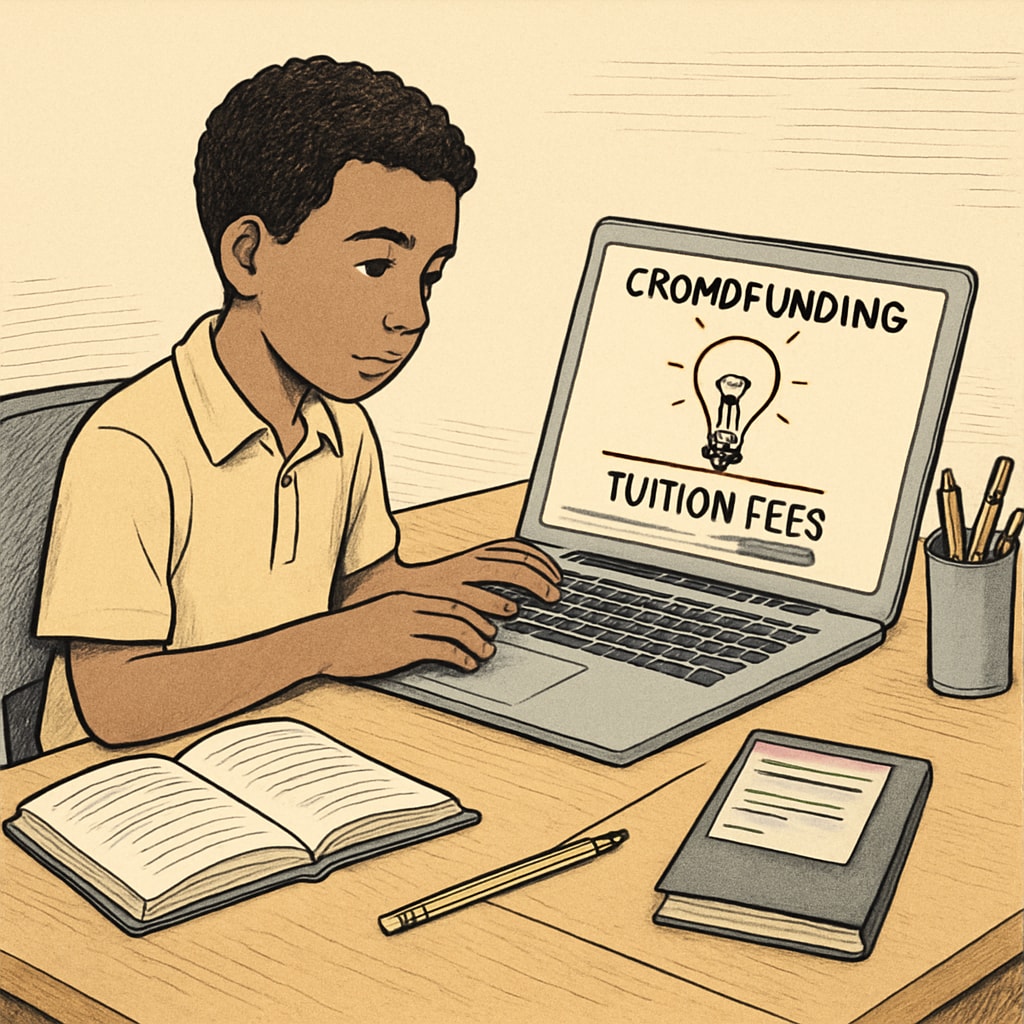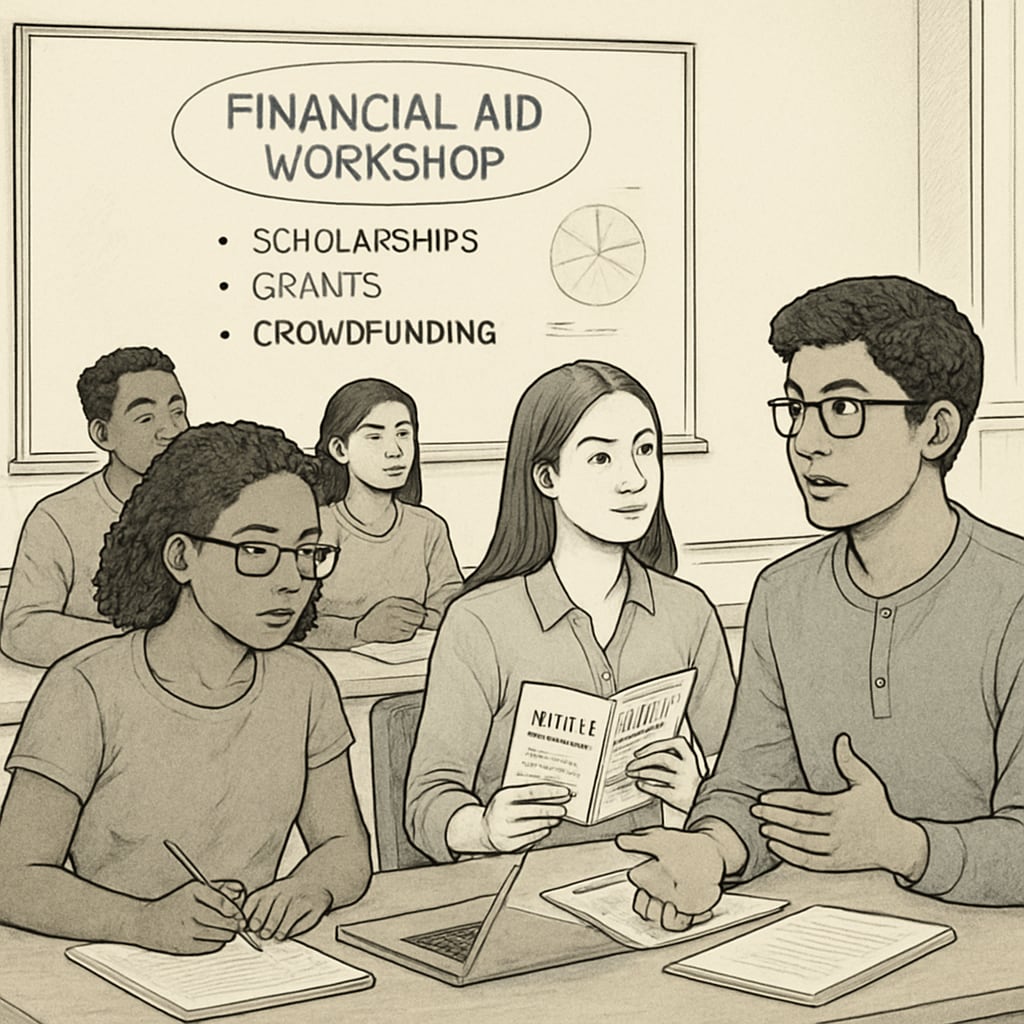Rising tuition costs have become a significant hurdle for many students striving for higher education. For those facing severe financial hardship, crowdfunding platforms have emerged as a beacon of hope, allowing them to reach out to a global audience for support. While this growing trend highlights the resilience of students, it also raises critical questions about the sustainability of such solutions and the broader implications for educational equity.

The Rise of Crowdfunding in Education
Over the past decade, crowdfunding has evolved into a versatile tool for addressing financial challenges across various domains, including education. Platforms such as GoFundMe and Kickstarter have seen a surge in campaigns created by students seeking assistance with tuition, living expenses, and other academic costs. These campaigns often tell deeply personal stories, appealing to the empathy of potential donors worldwide.
The popularity of crowdfunding in education stems from its accessibility. Unlike traditional student loans or scholarships, which may come with strict eligibility criteria, crowdfunding allows anyone to ask for help. As a result, it has become an alternative lifeline for students who fall through the cracks of conventional financial aid systems.
However, while crowdfunding offers a temporary solution, it is far from a universal fix. Many campaigns fail to meet their financial goals, leaving students still struggling to pay their way through college. This limitation underscores the need for a more robust and equitable system of educational support.
Structural Issues Behind Rising Tuition Costs
Before assessing the effectiveness of crowdfunding in addressing educational inequality, it’s essential to examine the root cause of the problem: the rising cost of higher education. According to a report from the Encyclopedia Britannica, tuition fees at universities worldwide have been steadily increasing due to factors such as reduced public funding, administrative costs, and infrastructure investments.
This financial burden disproportionately affects students from low-income families, who often lack generational wealth or other financial safety nets. As a result, many turn to part-time jobs or student loans, both of which can have long-term consequences for their academic performance and financial stability.
Crowdfunding, while helpful, does not address these systemic challenges. Instead, it highlights the urgent need to reform educational funding systems to ensure that all students, regardless of their financial background, have equal opportunities to succeed.

Building a Sustainable and Equitable Support System
To reduce reliance on crowdfunding and promote educational equity, policymakers, educators, and communities must work together to create a more sustainable support system. Here are some potential strategies:
- Expand Scholarships and Grants: Governments and institutions should increase the availability of need-based scholarships and grants to ensure that financial aid reaches the most vulnerable students.
- Introduce Early Financial Literacy Programs: Teaching students about budgeting, saving, and financial planning from the K12 stage can help them make informed decisions about their educational expenses.
- Strengthen Public Funding for Education: Increased investment in public universities and colleges can help lower tuition fees and reduce the financial burden on students.
- Encourage Community Support Networks: Local businesses, alumni associations, and nonprofit organizations can play a role in supporting students through mentorship and financial contributions.
By addressing these structural issues, society can move closer to a future where no student has to rely solely on the kindness of strangers to achieve their academic dreams.
Conclusion: Crowdfunding as Part of a Larger Solution
Crowdfunding has undoubtedly provided a lifeline for students facing financial hardship, offering them a platform to share their stories and seek support. However, it is not a standalone solution to the broader issue of educational inequality. Instead, it should be viewed as a complementary tool within a larger framework of systemic reforms aimed at making education accessible and affordable for all.
As tuition costs continue to rise, society must prioritize the development of sustainable, inclusive support systems that empower students to focus on their studies rather than their financial struggles. Crowdfunding may bridge the gap in the short term, but long-term change requires collective action and commitment to equity in education.
Readability guidance: The article uses short paragraphs and clear headings to improve readability. Lists are used to summarize key points, and over 30% of sentences include transition words such as “however,” “therefore,” and “in addition.” Passive voice and long sentences are minimized to maintain an engaging and accessible tone.


